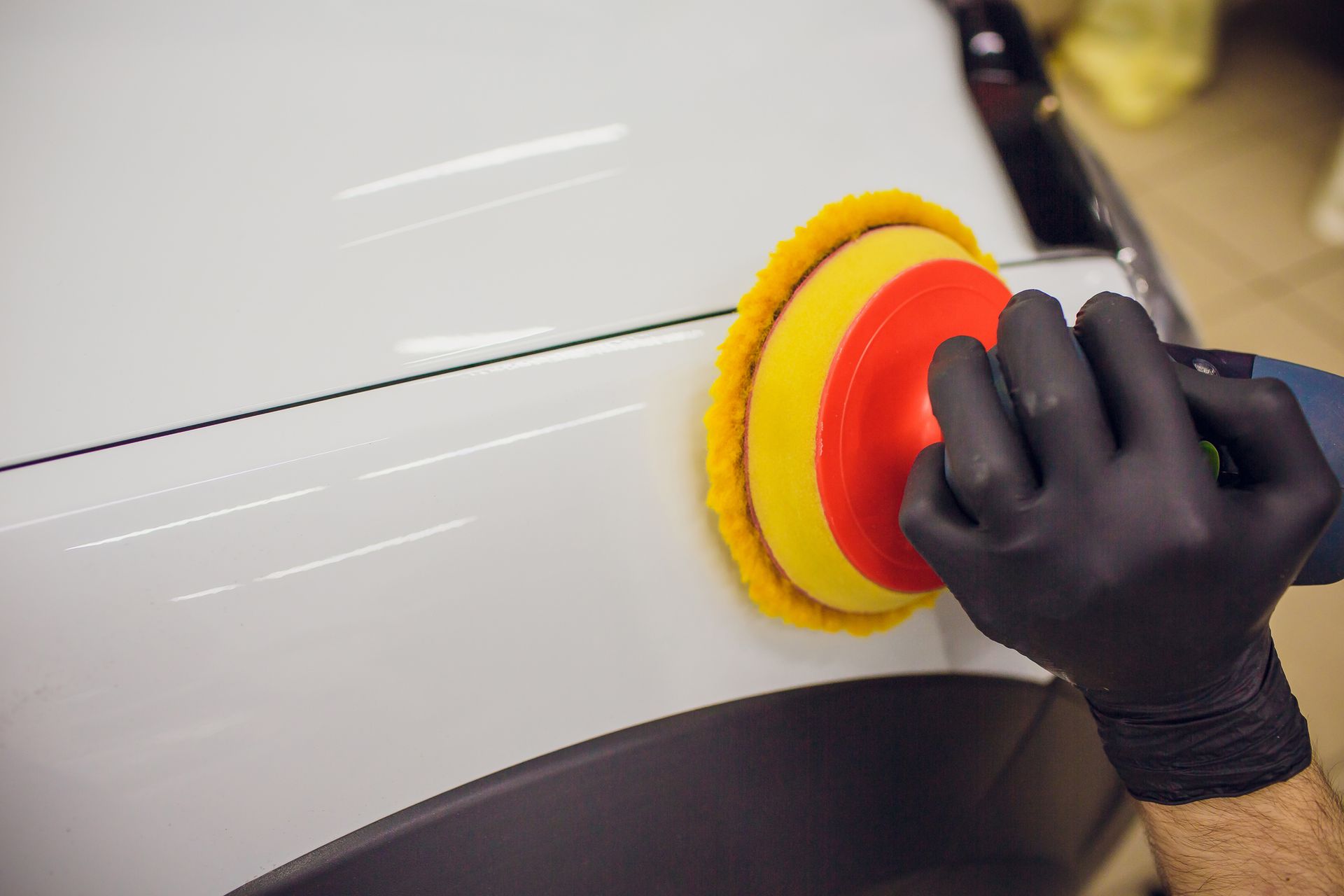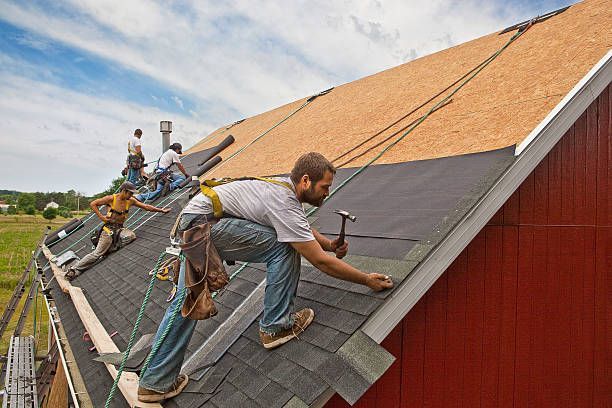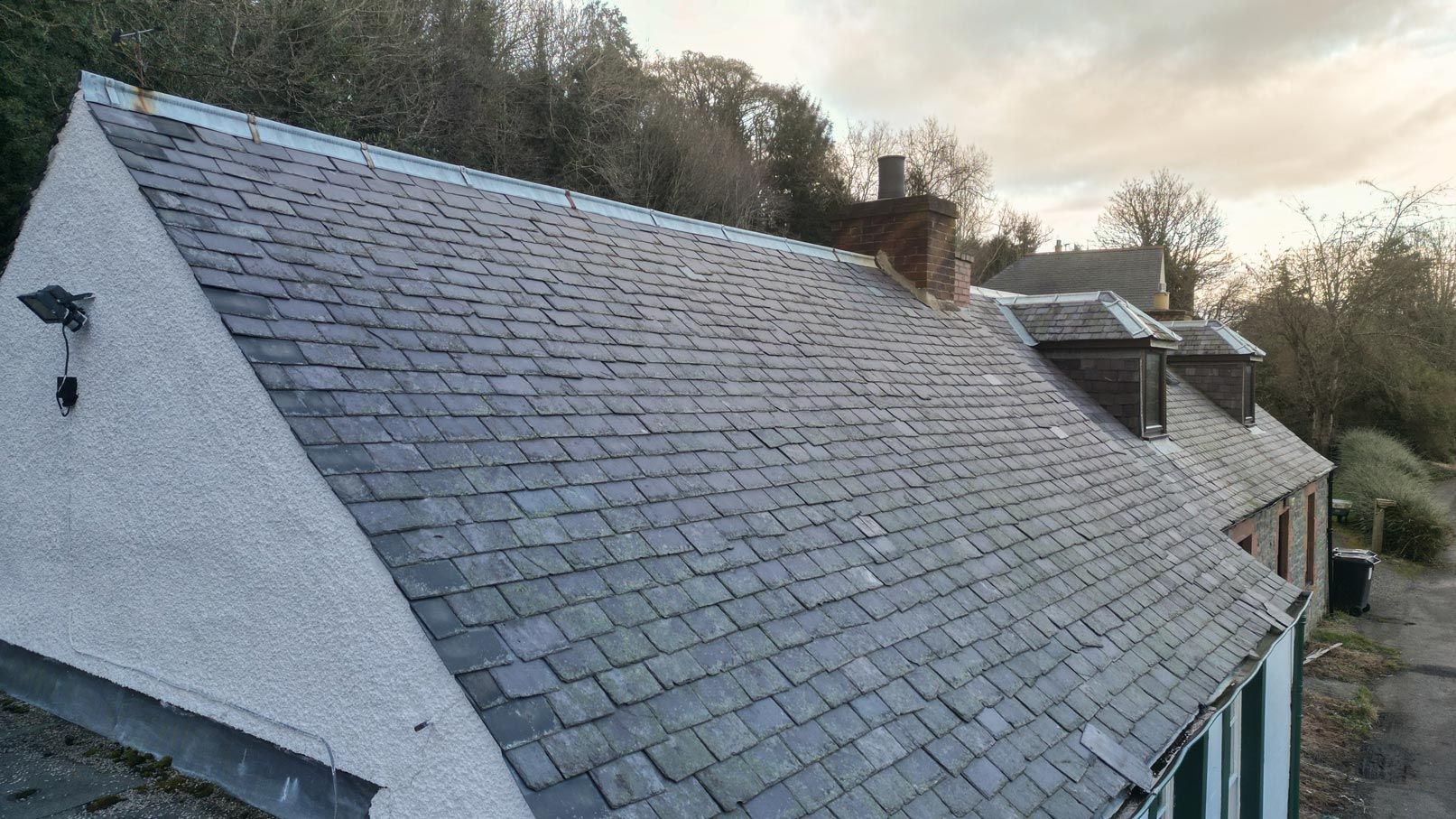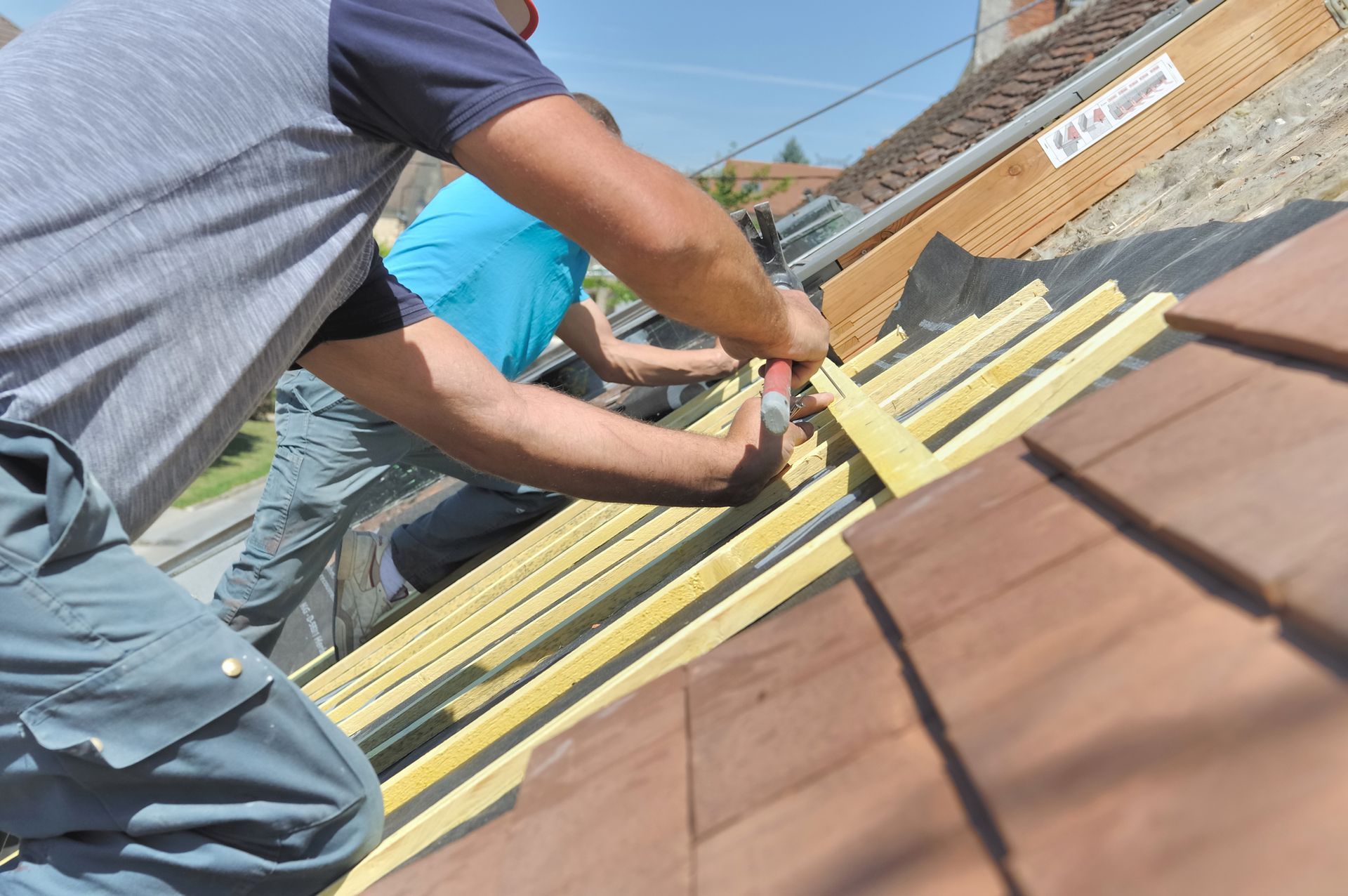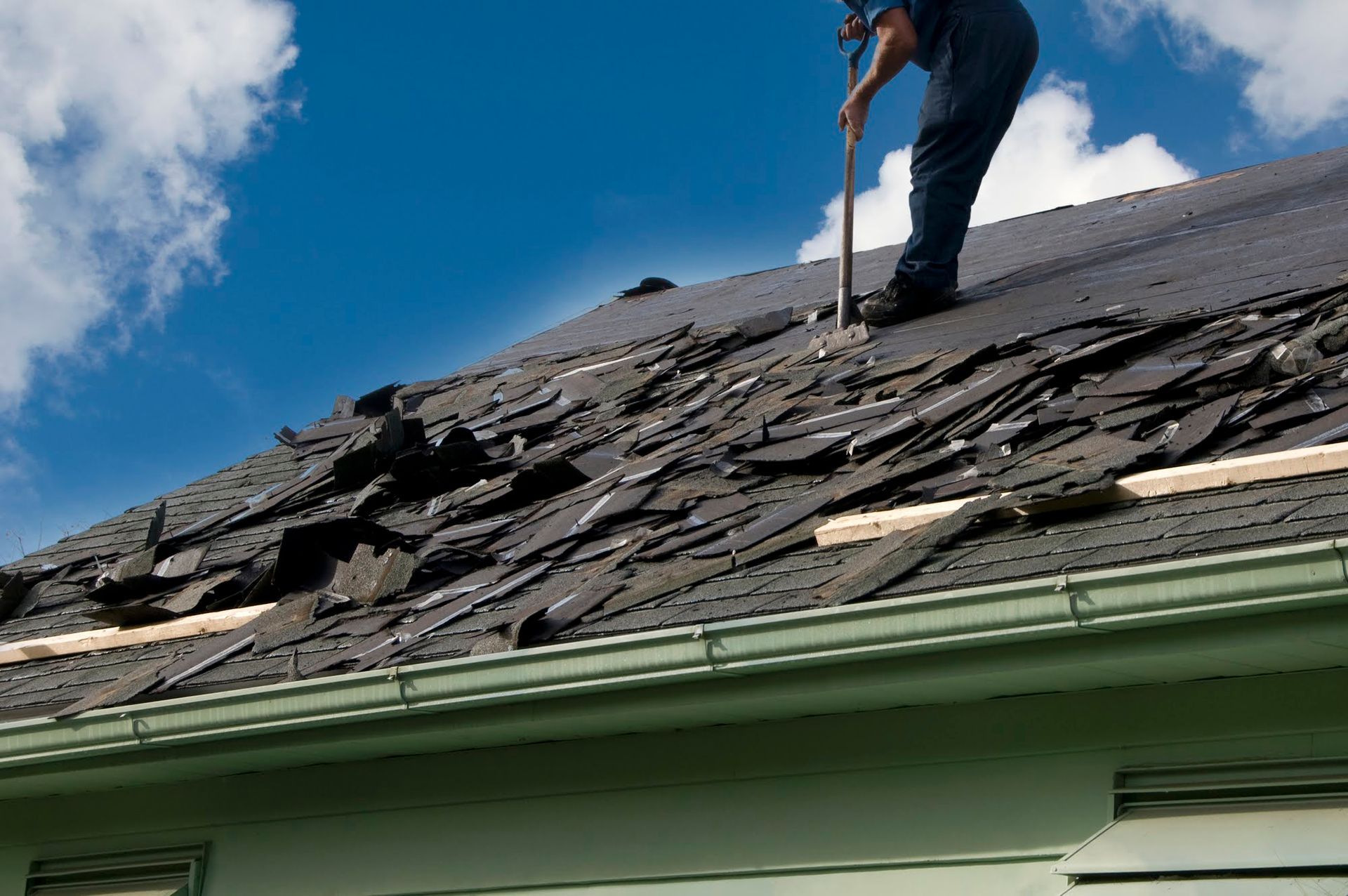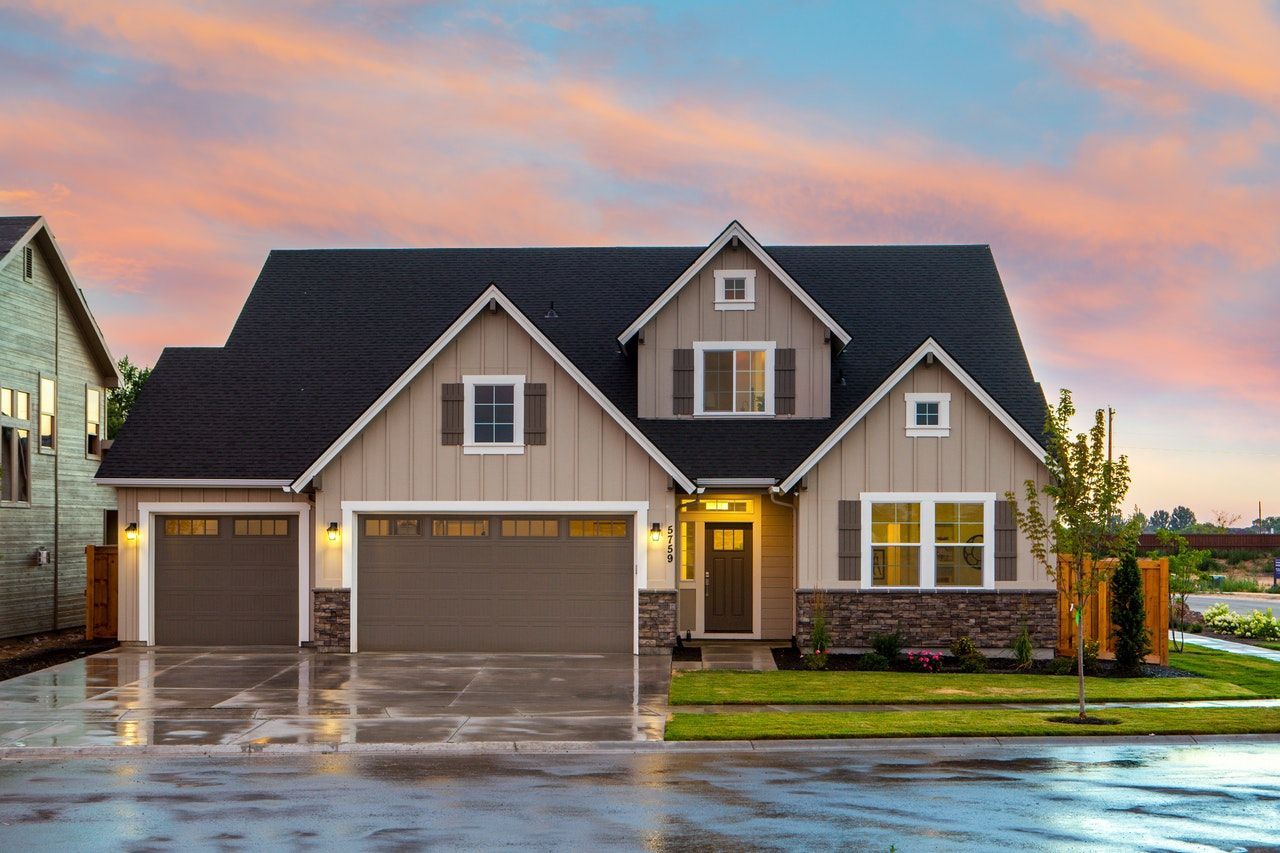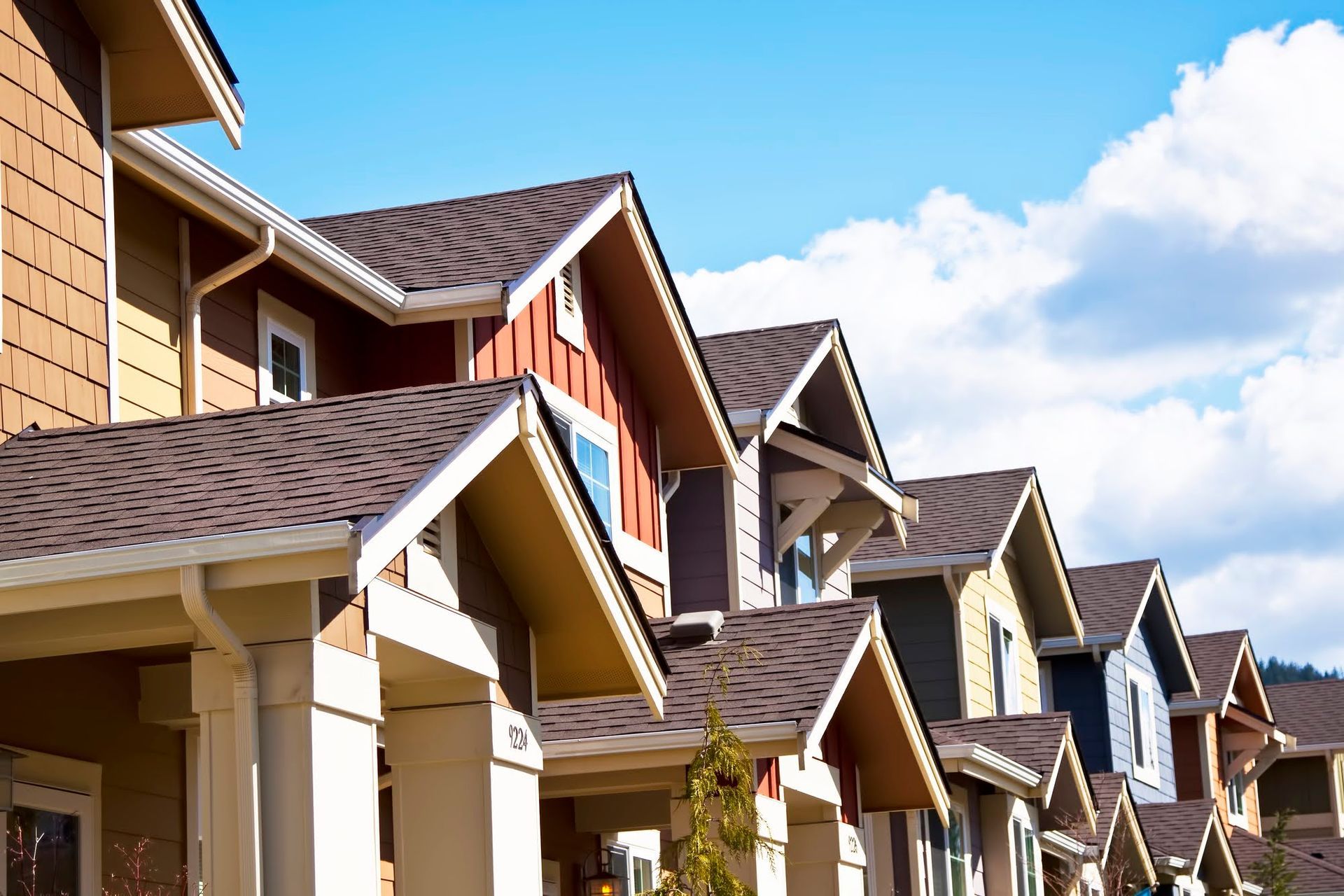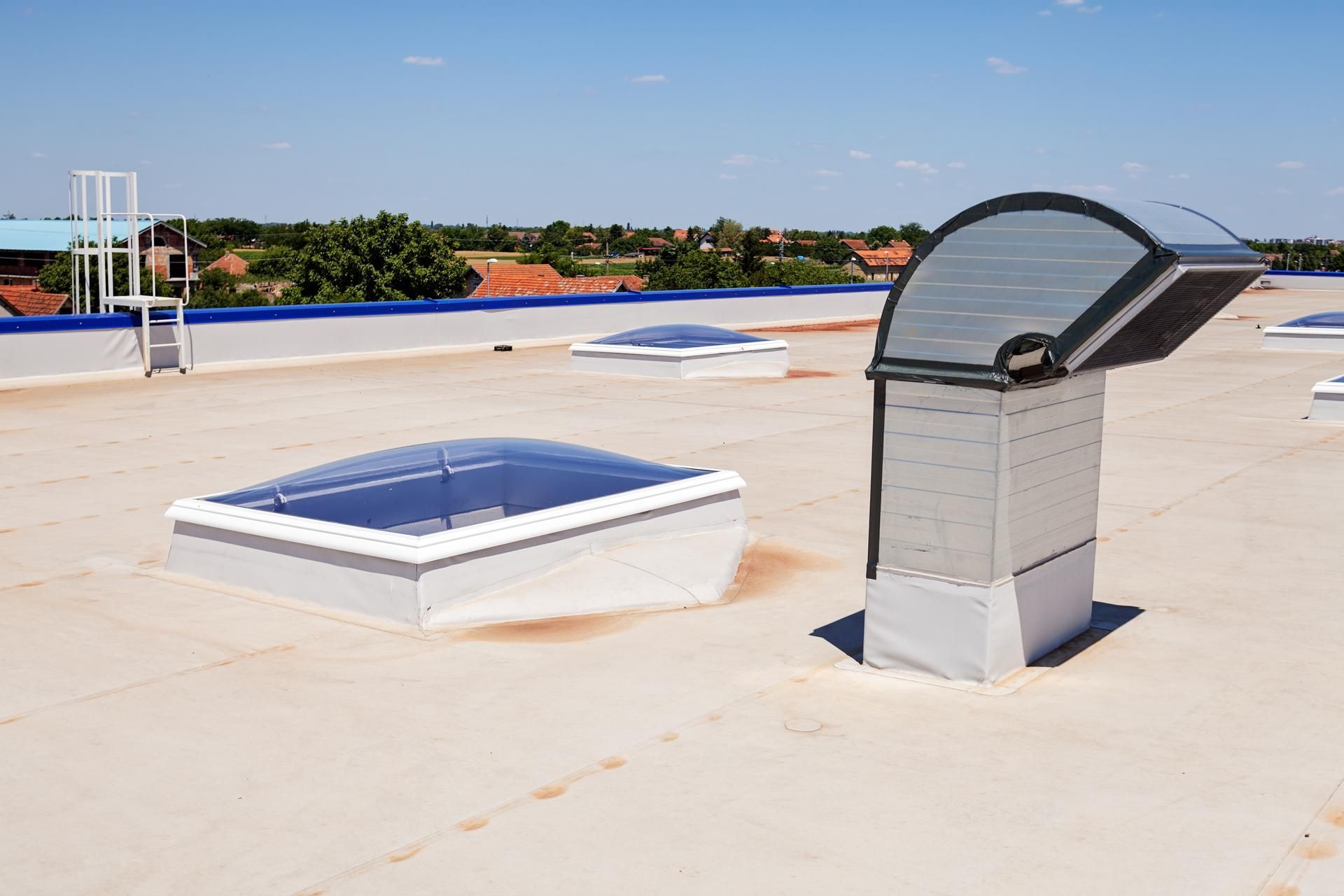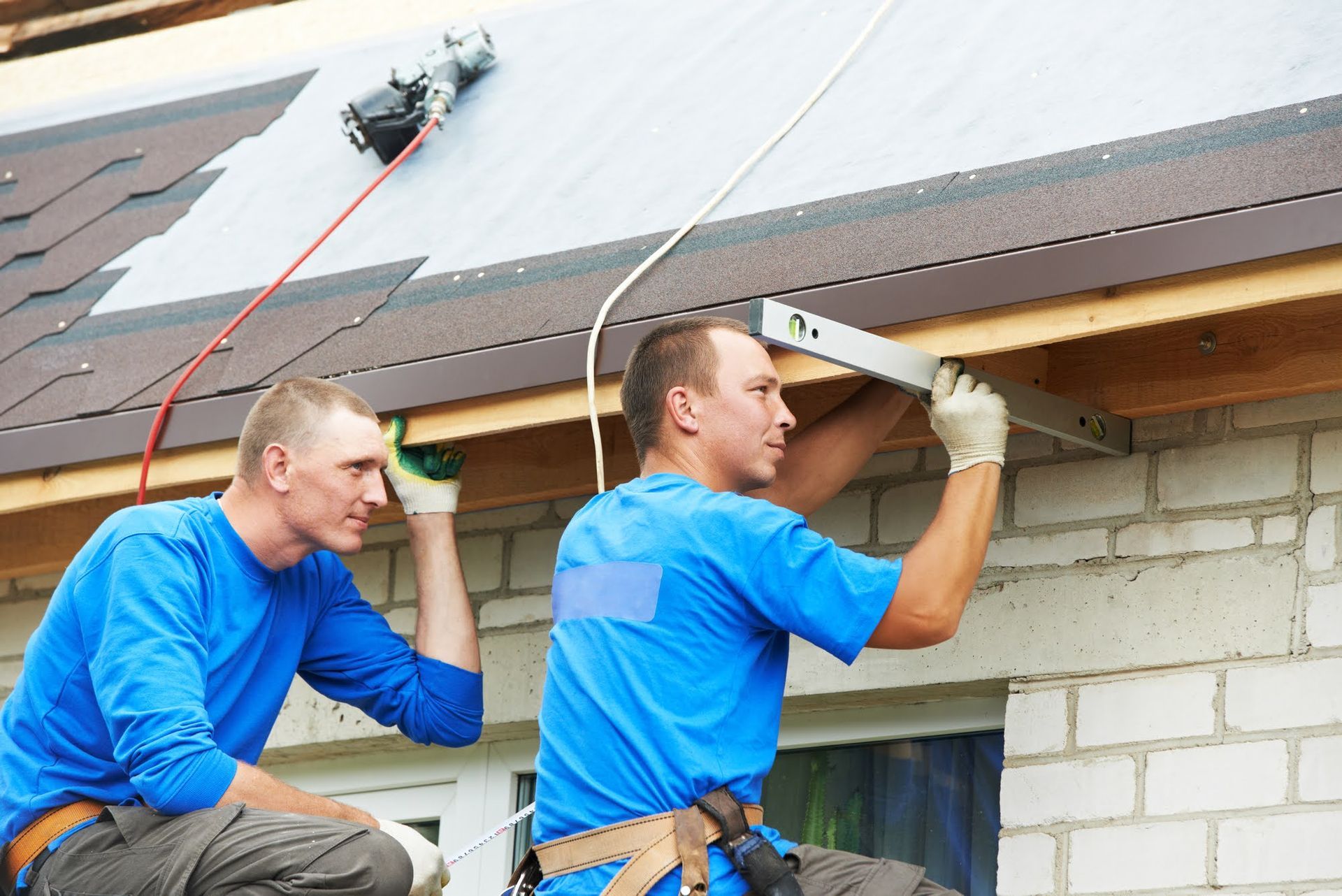8 Signs of Storm Damage on Your Roof
While your roof can withstand harsh weather conditions, it is not entirely indestructible. For this reason, always inspect your roof for damage after a storm. Some signs of storm damage are easy to spot, but an inexperienced person may not spot all of them. Therefore, use this guide to help you identify signs of storm damage on your roof.
1. Cracked and Dented Shingles
Cracks and dents on shingles are often the first sign of storm damage. These cracks and dents may form from the impact of hail on your roof during a hailstorm or falling branches or debris. These signs of damage are sometimes subtle and may not be noticeable from below. So have a roofer have a closer look at your roof.
Cracks and dents may not be an immediate problem, but if you do not get them fixed, they may eventually cause water leaks. Winds may blow away shingles with cracks and dents in subsequent storms.
2. Warped Shingles
During storms, strong winds may get beneath asphalt shingles, causing them to bend. This leaves spaces in your roof through which water can pass and damage the roofing membrane underneath. Wind damage compromises your shingle's structural integrity, making them vulnerable to further wear and tear.
3. Missing Shingles
Do you have a missing shingle or two? During hurricanes, winds can go at more than 74 miles per hour. Wind speeds of over 45 miles per hour can blow away compromised shingles, while speeds over 90 miles per hour will blow away good shingles.
4. Water Leaks
During storms, fallen debris may puncture your roof, causing water to pass through. This water pools on the underlayment and eventually starts leaking. If you observe water stains or water dripping from your ceiling after a storm, then your roof may have some damage. In case of leaks, ensure you also check the attic for visible holes or dripping water.
5. Granule Loss
One sign of granule loss is the presence of horizontal patterns on shingles. When shingle seals break, they begin flapping in the wind and may smack against the shingles, causing granules to rub off.
If you do not see visible signs of granule loss but notice a large number of granules clogging your gutter, the storm may have stripped away some layers of your shingles.
6. Bent or Broken Gutters and Downspouts
Sometimes, falling branches and debris may break or damage your gutters and downspouts. With bent gutters, water cannot flow properly and, instead, will pool on the roof, eventually causing water damage. On the other hand, water from broken downpipes and gutters drains directly onto the foot of your house, which may damage your foundation.
7. Loose Flashing
Roofers install flashing on roofs to direct water away from roof valleys, walls, and chimneys. During storms, strong winds may loosen the flashing on your roof. Water may start leaking into the house through the exposed surfaces when this happens. So if you notice water leaking through the walls or from your chimney, your flashing may be loose.
8. Black Spots
During hail storms, hail may knock away granules from your asphalt shingles. When this happens, you will notice black spots on your roof.
Storm damage repair is an essential roofing maintenance practice. So if you notice signs of storm damage on your roof, get in touch with a roofer to fix the problem. At Alpha Roofing Services, we offer roof replacement and repair services in South Georgia and Coastal South Carolina. Get in touch with us today for a free estimate on storm damage repairs. We look forward to helping you.


